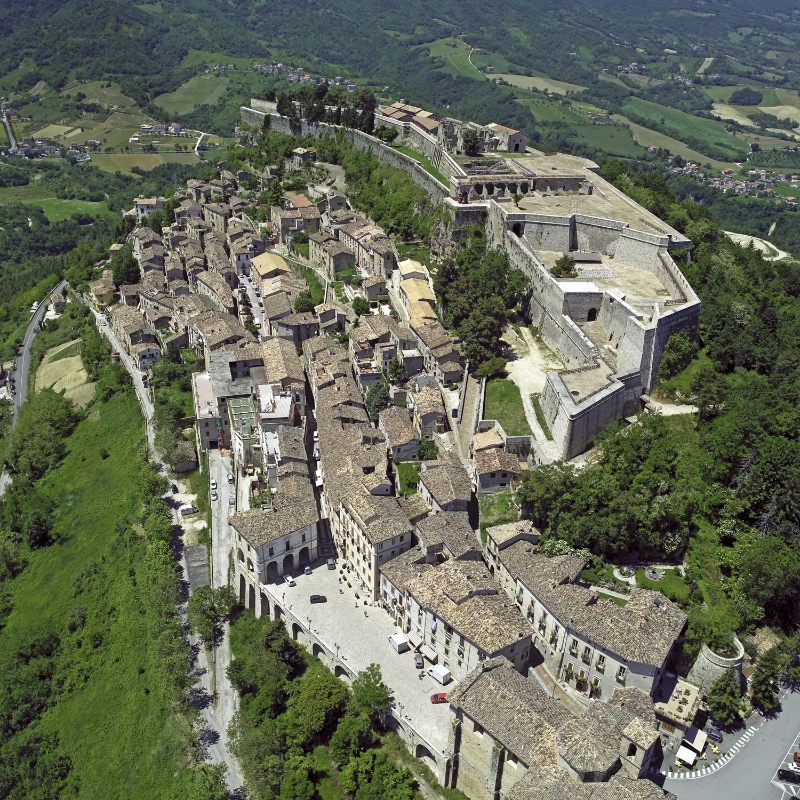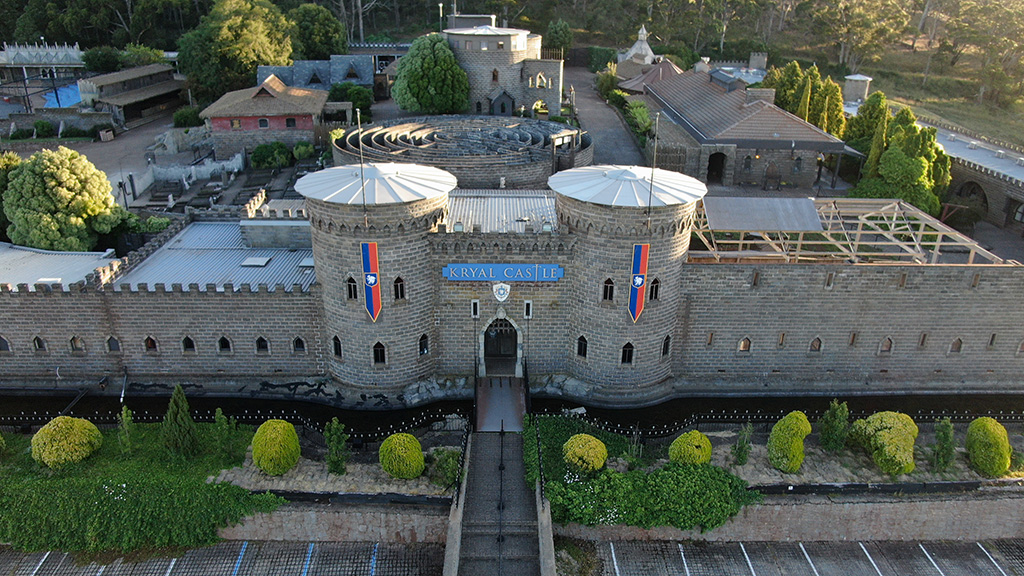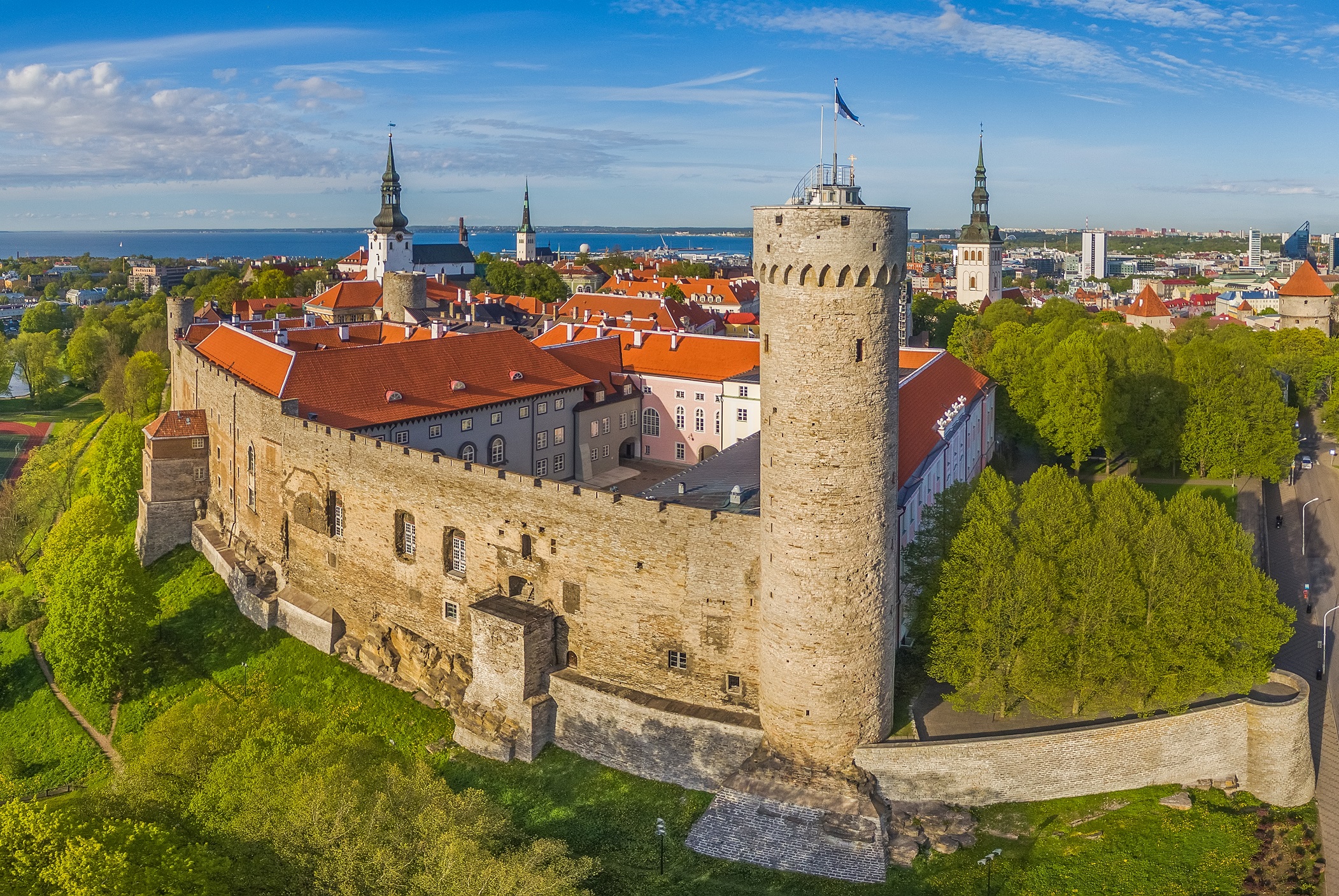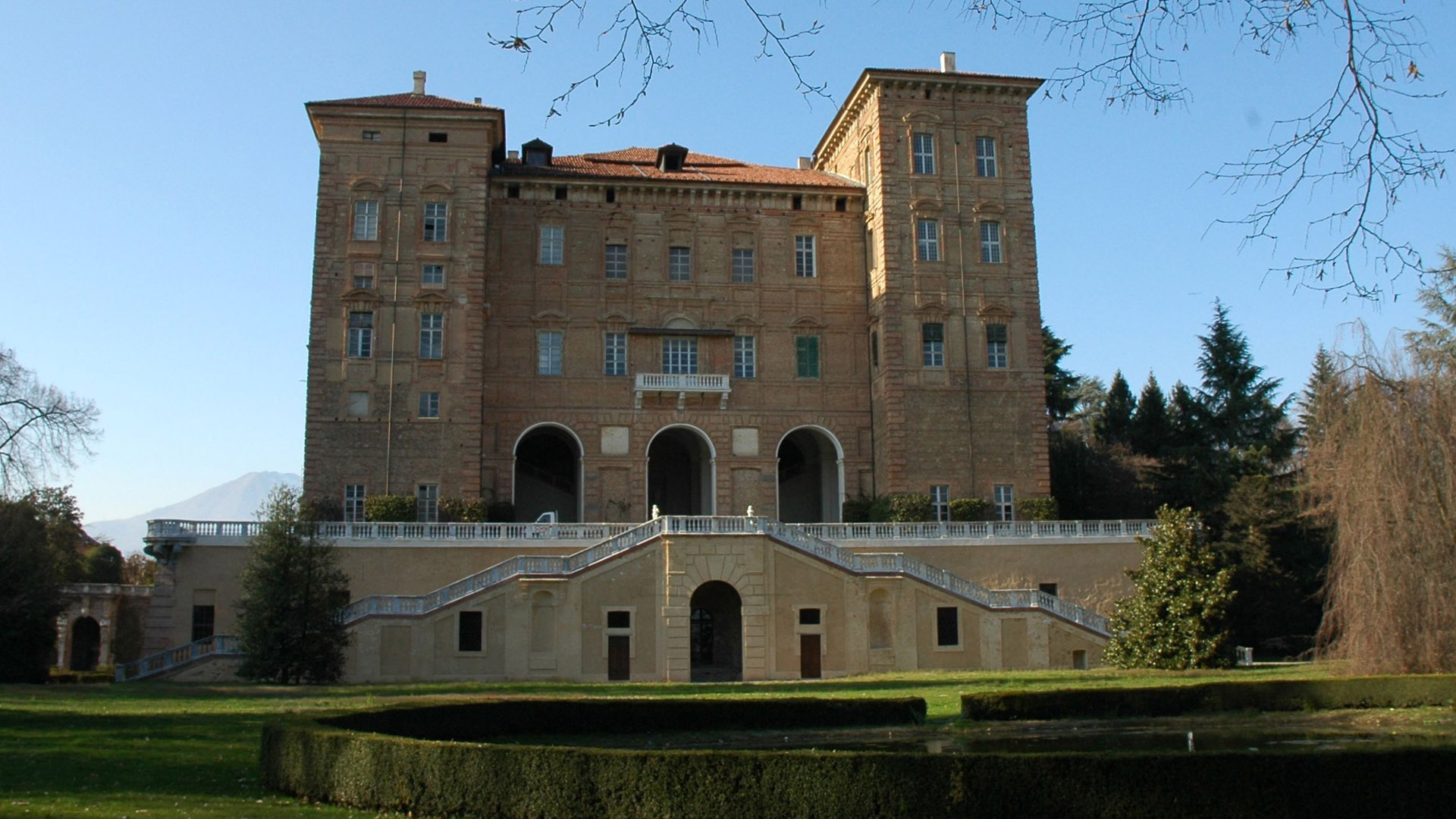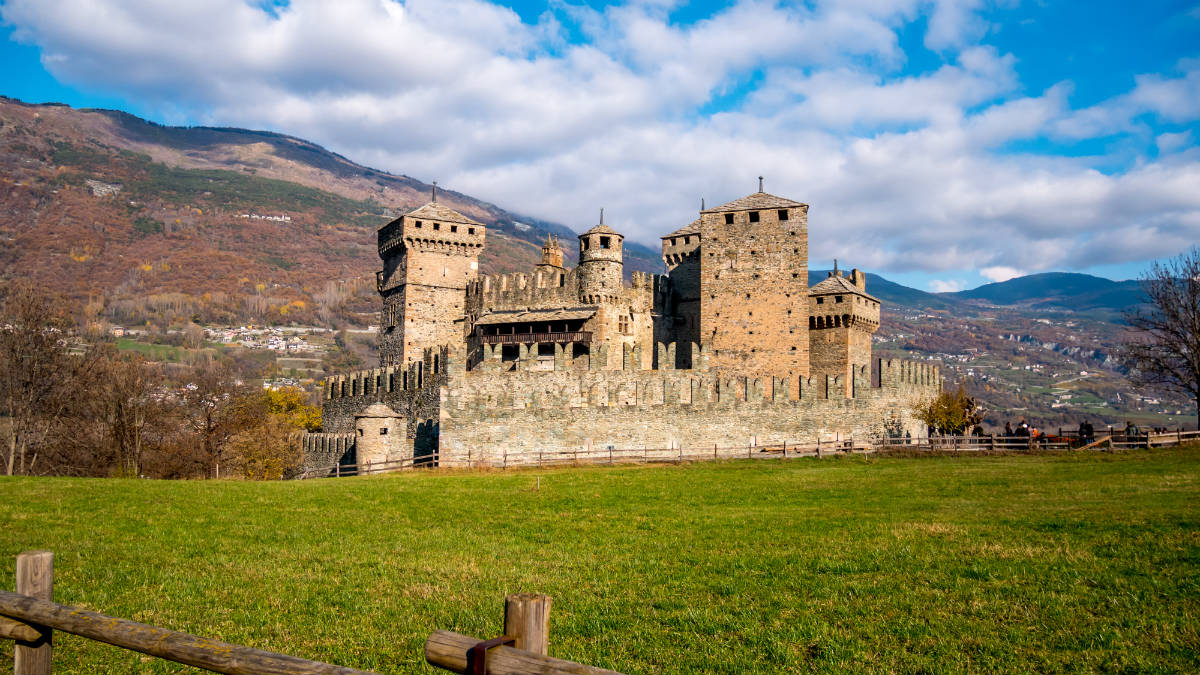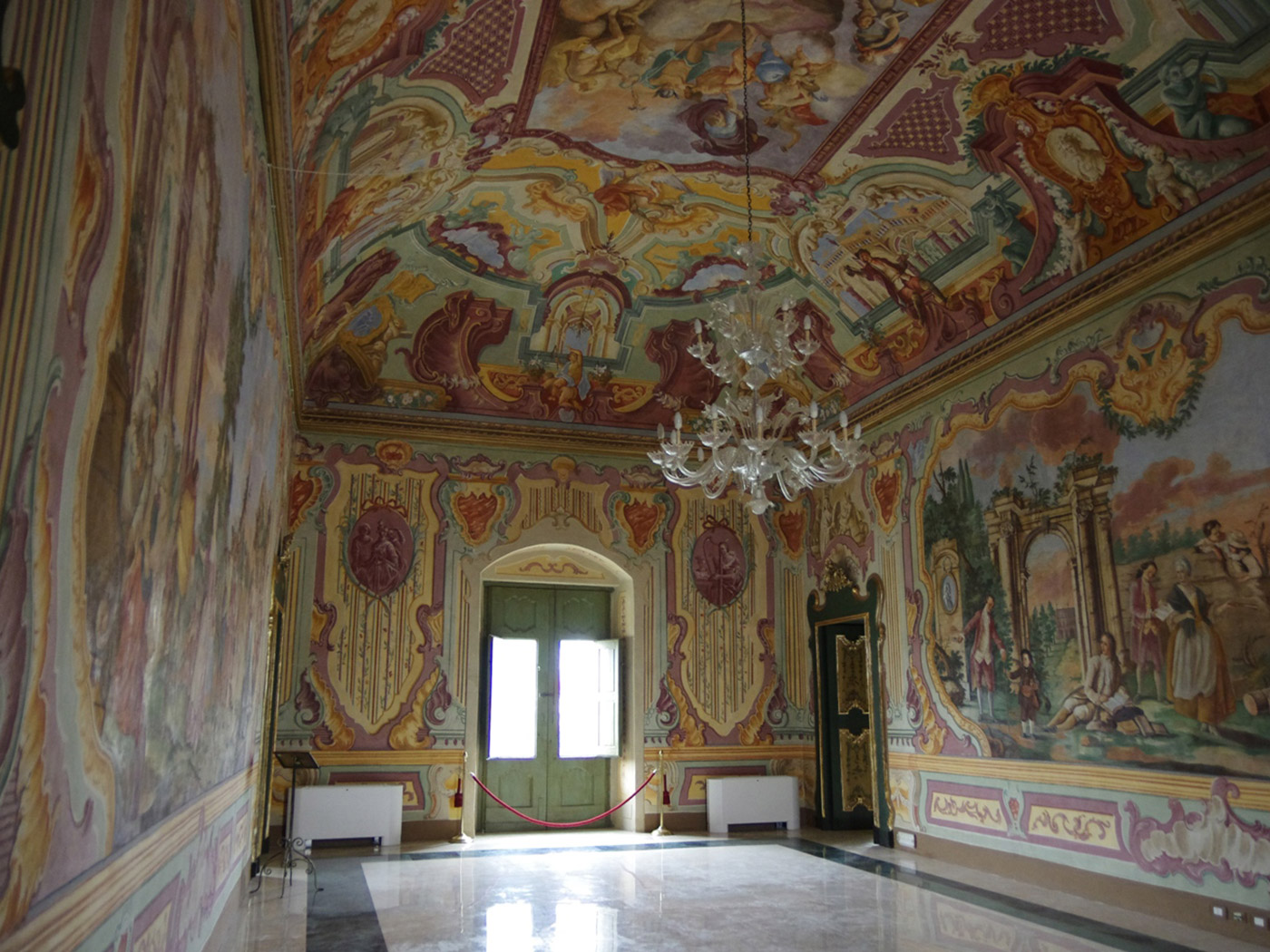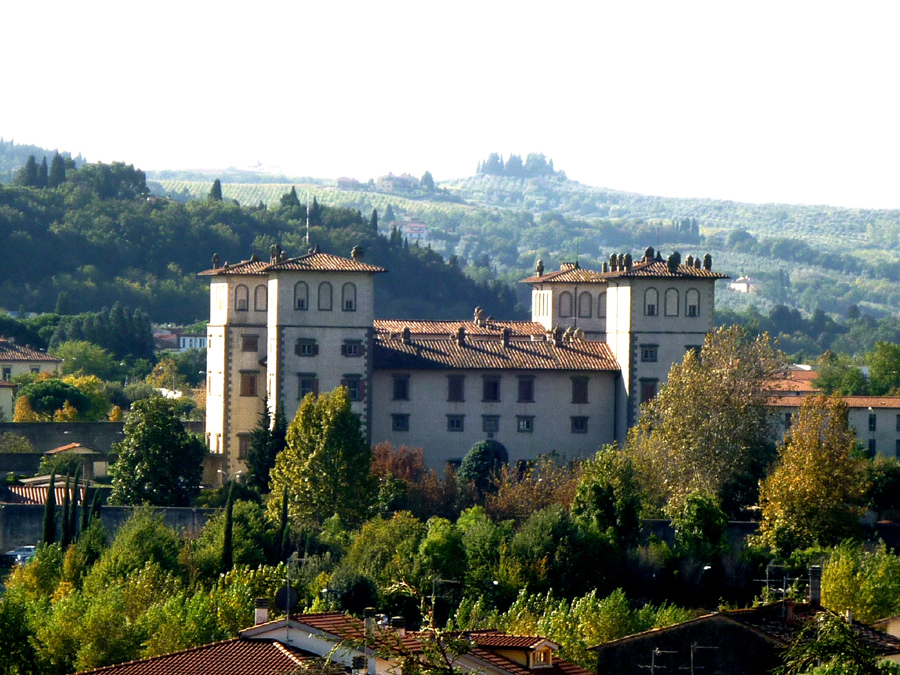The Fortress of Civitella del Tronto, located at 600 m. above sea level in a strategic position with respect to the old northern border of the Viceroyalty of Naples with the Papal States, is one of the largest and most important works of military engineering in Europe characterized by an elliptical shape with an extension of 25,000 square meters and a length of over 500 m…
The Aragonese fortress, built on a probable medieval pre-existence, was completely transformed starting from 1564 by Philip II of Hapsburg – King of Spain – who, following a heroic resistance of Civitella against the French troops led by the Duke of Guise, ordered the construction of the Fortress, a safer structure as we see it today.
In 1734, from the domination of the Habsburgs it passed to that of the Bourbons who made important changes to the military structure and valiantly opposed the siege of the French in 1806 and that of the Piedmontese in 1860/61. After 1861 the Fortress was left abandoned, plundered and demolished by the inhabitants of Civitella del Tronto themselves.
Today its structure is completely visitable, thanks to an important intervention of restoration cured by the Superintendence of L’Aquila (1975/1985). The visit develops through three covered walkways, the vast squares of arms, the cisterns (one of which can be visited), the long patrol walkways, the remains of the Governor’s Palace, the Church of San Giacomo and the soldiers’ barracks.
Remarkable and suggestive is the panorama that you can enjoy from the Fortress starting from the old village below with its unique fortified houses (Civitella del Tronto is part of the circuit "I Borghi più belli d’Italia"), to continue with the massifs of Gran Sasso, Laga, Maiella, Monti Gemelli up to the Adriatic Sea.
Inside the Fortress it’s possible to visit the Weapons Museum that develops on four rooms where weapons and ancient maps are preserved, the latter connected to the historical events of Civitella del Tronto. Among the weapons there are some fuse guns of the XV century, flintlock pistols, a Napoleonic campaign cannon and some small cannons called "falconetti" for the navy.
